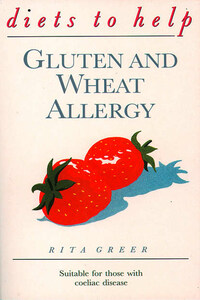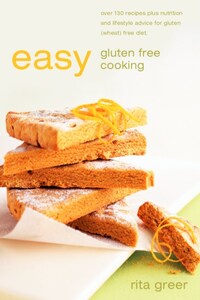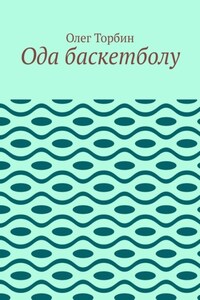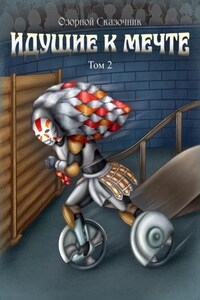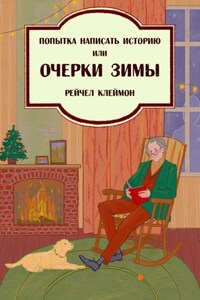Introduction
GLUTEN AND WHEAT ALLERGY â AN UNSOLVED MYSTERY
In the West, we have used wheat and, to a lesser extent, rye, barley and oats as a basic pan of our daily diet for thousands of years. It seems odd, therefore, that some of us are unable to cope with such food and that by eating it some people can be made really ill.
Why this should be so remains a mystery. Fortunately for these people, by avoiding consumption of wheat, rye, barley and oats, good health may be enjoyed again. On paper it seems to be a very simple remedy. In real life, which is geared to the ordinary person, quite able to keep healthy while eating those four grains, the situation is more difficult. Fitting a special diet into family life can cause problems, both on the kitchen front and with shopping.
THE DIFFICULTIES OF SPECIAL DIETS
A special diet can be regarded as a âfadâ by many people. Eating out may be so fraught with problems that it has to be largely avoided and this may also be taken to be antisocial behaviour. Very often the diet must be followed for life and cannot be considered in the same way as, say, a weight-reducing diet where breaking the rules merely postpones the effect of the diet. Eating wheat, rye, barley or oats when they should be avoided can lead to adverse reactions and a return to illness.
WHO THIS BOOK IS FOR
Some patients are only adversely affected by a part of the wheat, rye, barley and oats, i.e. the gluten that these grains contain. Others may be affected by the whole of one or more of the grains.
For practical purposes, this book excludes the whole of the four grains. The two main related illnesses which can benefit from this type of exclusion diet are coeliac disease (gluten sensitive) and wheat sensitivity (or allergy). Dermatitis herpetiformis patients are also known to benefit from such dietary measures.
HOW THIS BOOK CAN HELP
This book attempts to answer the kind of questions which the exclusion dieter usually asks when faced with a complete turnabout in eating habits, and to provide practical help and advice in the form of:
lists of âsafeâ and âunsafeâ foods
suggested menus (including some emergency ones)
recipes
The author has been involved in a ten-year research programme on gluten-free and wheat-free foods and has also written five gluten-free and wheat-free cookery books. In addition, she has formulated many specialized foods for UK manufacturers and, through cooking regularly for just such a gluten- and wheat-free dieter, has gained valuable practical insight into the problems such people face.
WARNING
In this book, certain brand names of foods are mentioned. This is because, within a whole range of items readily available, such as soy sauces, there are some which contain gluten/wheat (usually the majority) and some which do not. However, manufacturers can change their formulas at any time and it is a sensible policy to check the ingredient list of every food that you buy just to make sure there has been no change. Brand names are only included in this book as a helpful guide where difficulties may arise with shopping.
NOTE FOR WHEAT-FREE DIETERS ONLY
Although wheat-free dieters may be able to tolerate rye, barley and oats, these are rarely found on their own in commercial products; e.g. rye bread usually contains a good proportion of wheat, as do some rye crispbreads. It is essential to check ingredient labels on foods. One product which wheat-free dieters will find useful and very easy to obtain is rye crispbreads. However, if this is too heavily relied upon, the diet can become boring, and crispbread is not a substitute for bread made with yeast.
NOTE FOR THOSE FOLLOWING A GLUTEN-FREE AND LACTOSE-FREE DIET
Some people who are allergic to gluten are also allergic to lactose (found in milk). All the special flours in this book are lactose-free and can be used safely.
